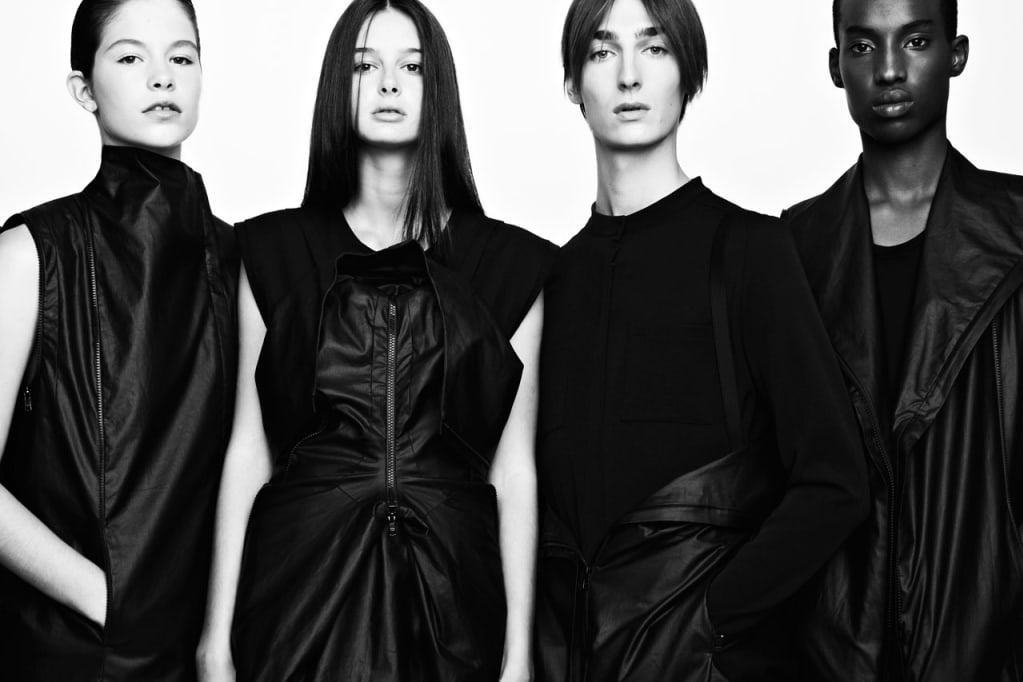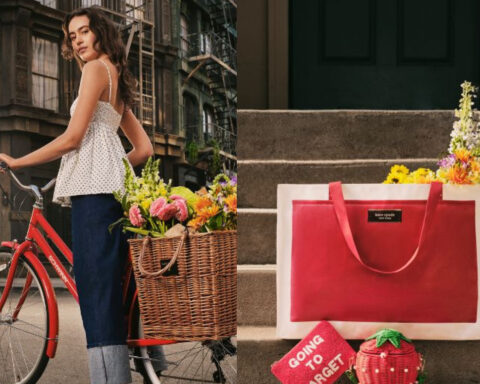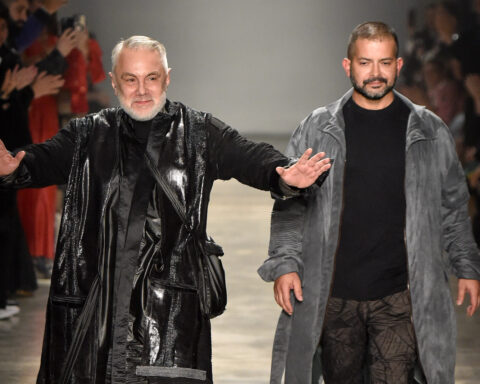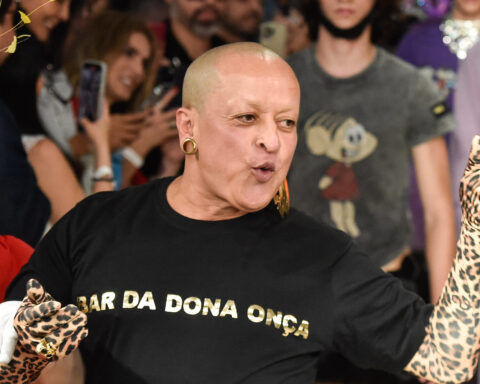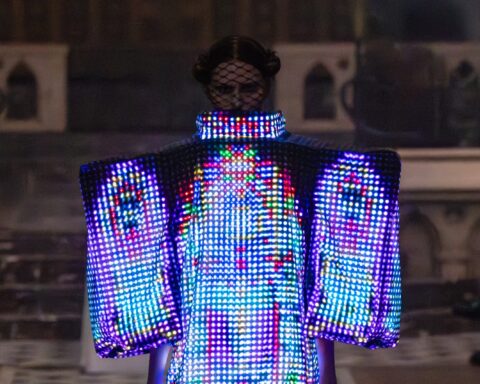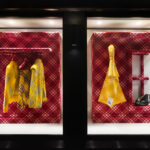We frequently see our clothing as a means of expressing our gender identification, but what about going against the grain in terms of what you choose to wear? As younger generations try dismantling gender conventions in fashion, they increasingly accept this concept. In this article, we’ll walk you through the most recent trends in this fashion movement.
While the gender debate in our society continues to change and fashion tries to follow up, we intentionally categorize clothing into the two main categories of men’s and women’s clothing. Fashion has operated under the presumption that gender exists in a binary since it first emerged as a set of seasons, fashion shows, and trends. The segregated ideals of menswear and women swear to permeate every facet of the fashion system, including universities, fashion weeks, retail floors, e-commerce websites, modeling agency boards, and even creative directorships.
Several people inside the industry have started to fix this broken structure. The idea of gender specific clothing is indeed a social construct. For instance, when the high heel shoe was first created, men wore them to suggest their upper-class status. Only someone who did not have to work could afford to wear such extravagant shoes on a practical and financial level. Thus, the younger generation is now more interested in gender-neutral clothing, but what does that clothing look like? In other words, “Genderless” clothing is made to accommodate various body types and is not intrinsically male or feminine. It is also made without a certain color or texture in mind.
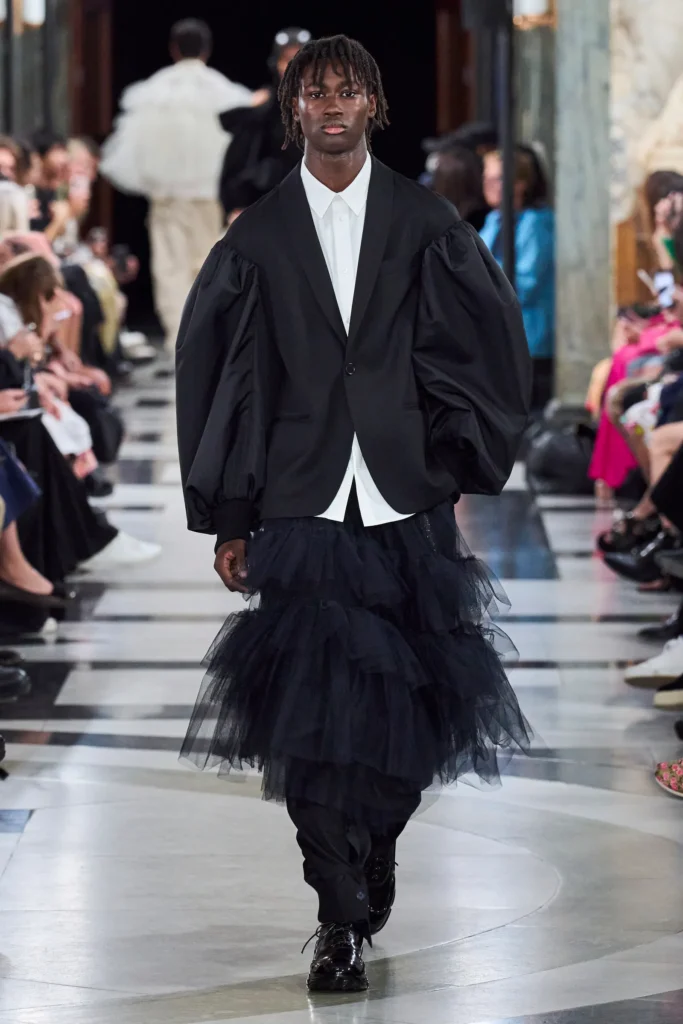
The time when skirts denoted femininity and button down’s belonged to men is slowly fading away. The assumption that men and women cannot live together is outdated. Instead, we are establishing a society where gender is viewed as a sliding scale rather than a binary. So, it is unsurprising that gender neutral styles have become more popular during the past few years. With their gender-neutral capsule collection in 2018, Off-White made a statement, becoming
one of the most well-known brands in fashion to question gender preconceptions. Trans, non-binary, and queer models are frequently included in ads and runway presentations by Collina Strada.
The time when skirts denoted femininity and button down’s belonged to men is slowly fading away. The assumption that men and women cannot live together is outdated. Instead, we are establishing a society where gender is viewed as a sliding scale rather than a binary. So, it is unsurprising that gender neutral styles have become more popular during the past few years. With their gender-neutral capsule collection in 2018, Off-White made a statement, becoming
one of the most well-known brands in fashion to question gender preconceptions. Trans, non-binary, and queer models are frequently included in ads and runway presentations by Collina Strada.
Since then, various fashion designers and even celebrities have given the movement their unique flavor. The change is because customers’ growing understanding that a greater variety of appropriate apparel is available outside their gender-specific clothing department.
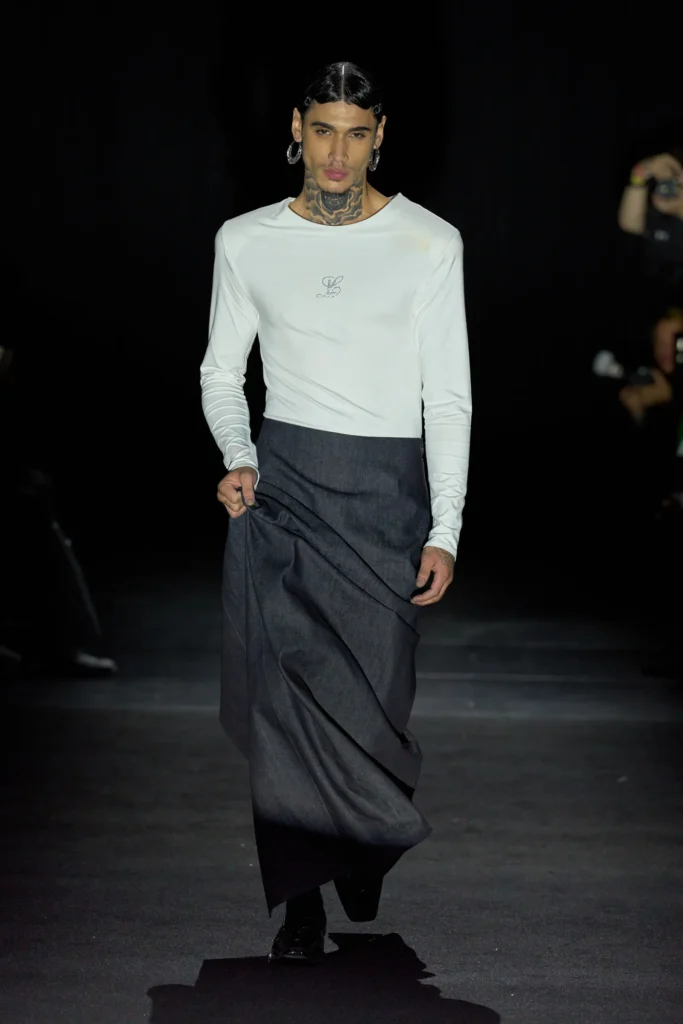
The comfort element is just one of the numerous reasons gender-neutral clothing is popular nowadays. As women’s clothing has a history of being uncomfortable for extended periods, many women look towards the men’s area for more comfortable clothing. Also, people are drawn to athleisure wear because it is comfortable and becoming gender-neutral, especially after spending more than a year at home in sweats or pajamas because of the COVID-19 lockdowns. Sales of pajamas rose by 143%2 in March 2020, while those of bras fell by 13%. From the beginning, comfort took precedence. Since the release of the first gender-neutral Barbie doll and the sharing of gender neutral collections by well known firms, this once taboo topic has gained much attention. Becoming gender-neutral might be advantageous for firms wanting to increase sales. A gender or a non-binary individual can wear fabrics and patterns because the design is neither intrinsically feminine nor masculine. By going the gender fluid way, firms can save money on manufacturing, design time, and fabric procurement. The trend is moving beyond simple fragrances, accessories, and kidswear collections to actual clothing lines thanks to retailers and designers like RICH MNISI, Another Place, Luar, M&S, Uniqlo, Giordano, Zara, Kenneth Cole, Next, Céline, Dries Van Noten, Abercrombie & Fitch, GAP, American Eagle, Brook Brothers’ Thom Browne, Loewe, YSL, Paul Smith, Miu Miu, Hermes, Rick Owens, Rad Hourani, and J.W.
Video Credits: SPFW – Another Place
